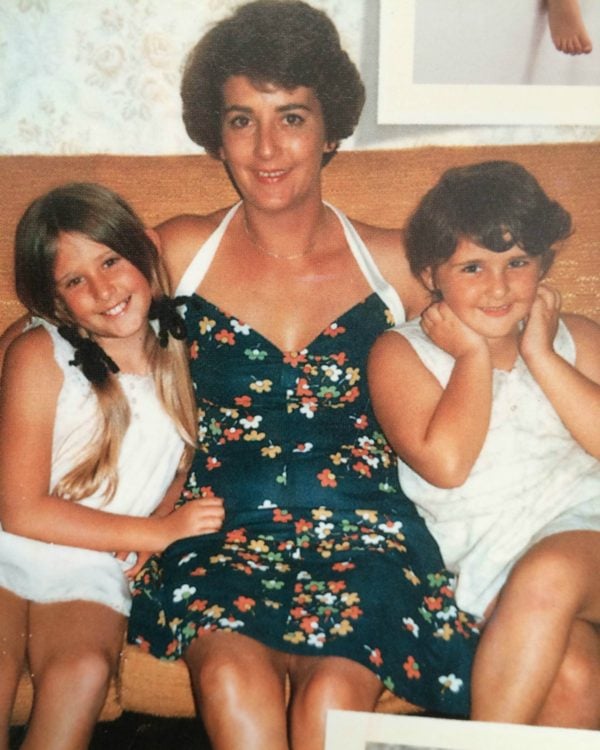
Nobody knows what killed my mother.
Actually, that’s an exaggeration. But it’s pretty close. Only one-in-seven Australians is aware of pancreatic cancer.
Perhaps it’s because 83 per cent of us aren’t sure what this odd-shaped organ does. For many years this lobular gland – which looks a little like a tadpole – was nicknamed the “hermit of the abdomen”. Its purpose was a medical mystery.




Top Comments
My father died in 1987 of pancreatic cancer - I was 22 at the time. He lived six weeks from when he was diagnosed until he died. It was a terrible shock for all of us - totally unexpected. When my second son was born I was doing some family tree research and discovered his grandmother also died from the same disease. This cancer is a stone cold killer. I don't know why it isn't talked about more - particularly as many high profile people have died from the disease. Thank you for this story and my condolences on the loss of your mother.